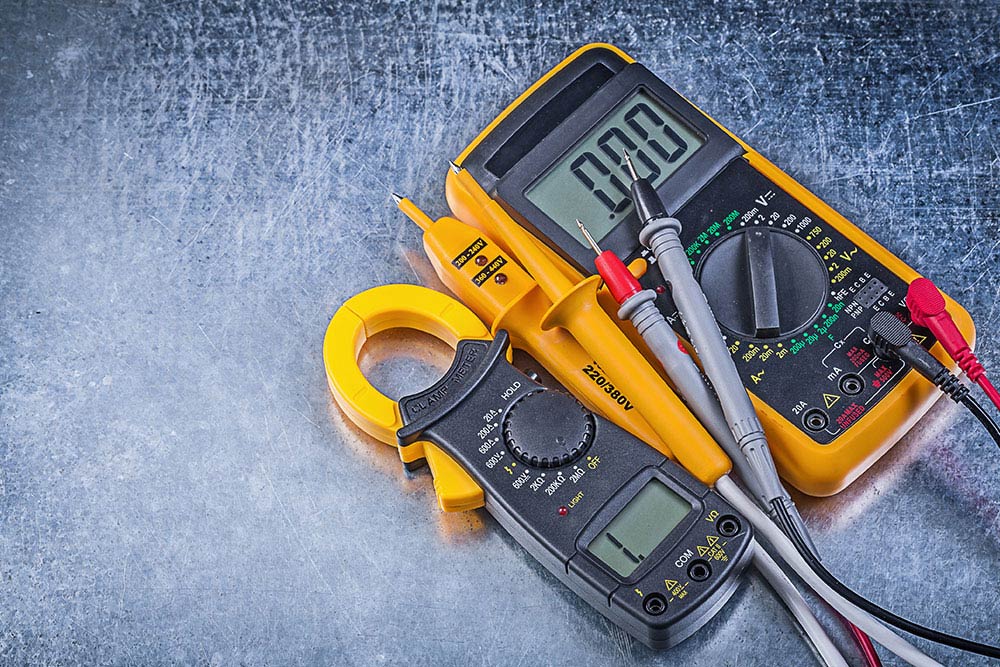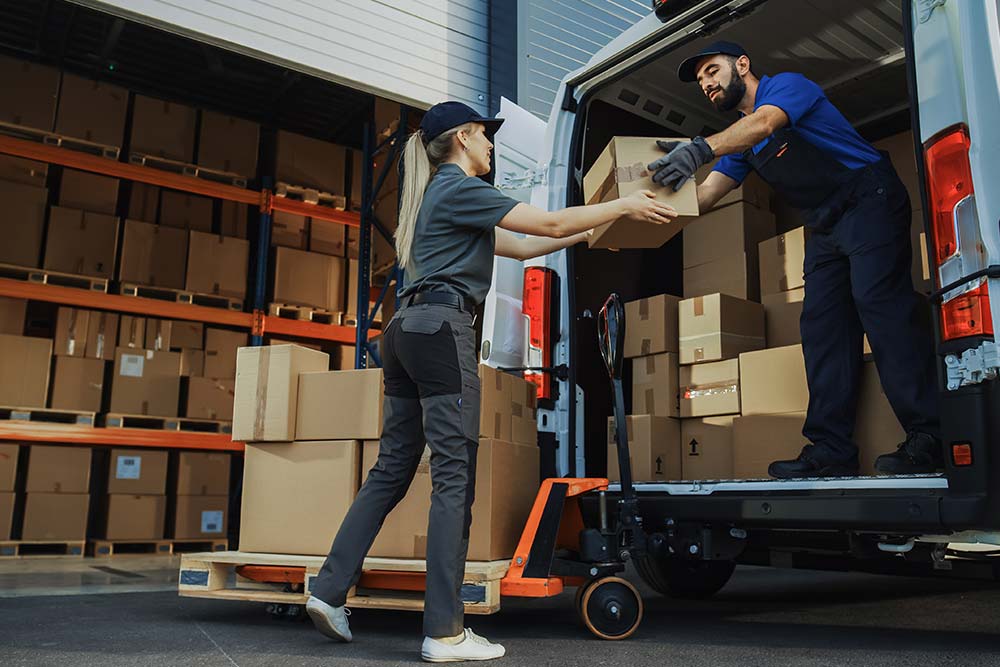
Landlords have the legal obligation to ensure that their properties are safe. This duty applies to anyone who owns a property they let out on a long or short-term basis.
If a landlord provides electrical appliances, they must be safe to use. Electrical appliances not kept in a safe condition pose a significant fire risk. Anyone who uses a faulty appliance could also be at risk of receiving a deadly electrical shock. In this article, we look closely at the legalities and the importance of landlord PAT testing.
What is Portable Appliance Testing (PAT)?
PAT testing is the somewhat redundant acronym for Portable Appliance Testing. The process is called ‘in-service inspection and electrical equipment testing.’ A PAT test involves checking an electrical appliance or equipment to ensure safety.
Do Rental Properties Need PAT Testing?
There are no legal requirements in Wales or England for a landlord to perform PAT testing. Landlords are, however, bound by health and safety legislation to ensure their properties are safe. Applicable health and safety laws include:
- The Health and Safety at Work Act of 1974
- The Electricity at Work Regulations 1989
- The Provision and Use of Work Equipment Regulations (PUWER)
Landlords should be aware that local councils may require PAT testing to be carried out in rental properties. PAT testing is also legally required for houses in multiple occupation (HMOs). If you own a rental property in Scotland, you must conduct PAT testing under the Housing (Scotland) Act 2014.
PAT Testing Course
Our PAT testing course course provides the necessary information to understand and conduct portable appliance visual inspections and tests. It explains pass/fail criteria and takes trainees through test procedures with clear visual demonstrations.
How Is a PAT Test Different from an EICR?
Landlords must ensure their properties have an Electrical Installation Condition Report (EICR). This is a legal requirement under the Electrical Safety Standards in the Private Rented Sector (England) Regulations 2020. Many landlords confuse an EICR with a PAT test, but they are very different documents.
The EICR shows that all electrical installations and fittings supplied by the property’s electricity meter are safe. An EICR must be provided at the start of a tenancy and renewed at least once every five years.
PAT Testing, however, covers portal appliances like refrigerators, microwave ovens, kettles, etc.

Why Should a Landlord Conduct PAT Testing?
While it is not a legal requirement, conducting a PAT test is an excellent way to prove that you comply with your legal obligations as a landlord. Health and safety authorities also consider PAT testing the best practice for landlords.
You could be held liable if a tenant is harmed or even killed by a faulty electrical appliance you provided. A professional PAT test on any supplied appliances will ensure they are safe and protect you against any legal action should an incident occur.
Fire prevention is also a good reason for landlord PAT testing. More than 27,200 fires occurred in the UK in residential dwellings in 2022, according to government figures. Sparks from faulty electrical appliances often cause fires in domestic dwellings. PAT testing dramatically reduces the risk of fire from faulty appliances.
Who Can Conduct a PAT Test?
While a visual PAT test can be done by anyone with good knowledge of electrical appliances and electricity, a manual PAT test can only be done by a trained professional.
If you are a landlord and want to do visual PAT testing, it is recommended that you take a training course on how to do so correctly. Hiring a professional PAT tester or electrician is recommended if a manual test is required.
What Types of Electrical Appliances need to be PAT tested?
While the P in PAT testing stands for ‘portable’, it covers many appliances that may not fit that definition. Any electrical appliance that can be plugged into a wall socket is considered to be portable and should be PAT tested.
For details about the appliances that need a PAT test see our previous blog.
What Is Involved in a PAT Test?
A PAT test begins with a visual inspection of the appliance. When conducting a visual inspection, make sure:
There are no signs of damage or corrosion
- The cords of the appliance are not frayed
- No wires should be loose or visible
- Electrical sockets need to be clear of burn marks and in good working order
- There should be no tangled-up cables or pooling water
Take note of the following:
- How old the appliance is
- What it’s used for
- How often it’s used
A complete PAT test includes a visual inspection and the use of a PAT tester. PAT testers are used to:
- Check the earth continuity of the appliance
- Test its insulation resistance
- Test if the lead and plug are correctly wired
You must have appropriate training and experience to use a PAT tester. These devices don’t automatically label an appliance as safe or unsafe. Instead, it’s up to the inspector to interpret the results and decide if the appliance has passed or not.
If an appliance fails, it must not be used. An appliance that fails a PAT test can be put in for repair but must pass another PAT test before it can be used again.
After conducting a test, it’s best practice for the inspector to label the appliance and record the results. However, labelling and record-keeping are not strict legal requirements.
You can download our free PAT Testing checklist to ensure you cover everything when testing.
How Often Does Landlord PAT Testing Have to Be Done?
There is no legal requirement for PAT testing to be done within a specific timeframe. However, the Health and Safety Executive (HSE) manual ‘Maintaining Portable Electrical Equipment’ does provide advice and guidance on what types of PAT tests should be done and how frequently.
Where to Learn More About Landlord PAT Testing
While it is not strictly a legal requirement at the time of writing, the UK government may make PAT testing mandatory for rental properties in the future. Learning about PAT testing now will help you to prepare for this possibility.
Conducting PAT testing will also ensure that:
You meet your legal obligations as a landlord
You reduce the risk of fire in your properties
You are protected from legal action if a tenant is harmed by a faulty electrical appliance
If you are a landlord and want to learn more about PAT testing, you can sign up for our PAT Testing Course. The course teaches you the fundamentals of PAT testing and includes a free e-Checklist you can use whenever you conduct a PAT test.





















